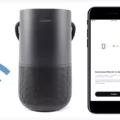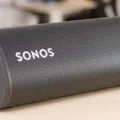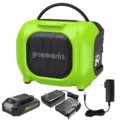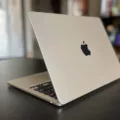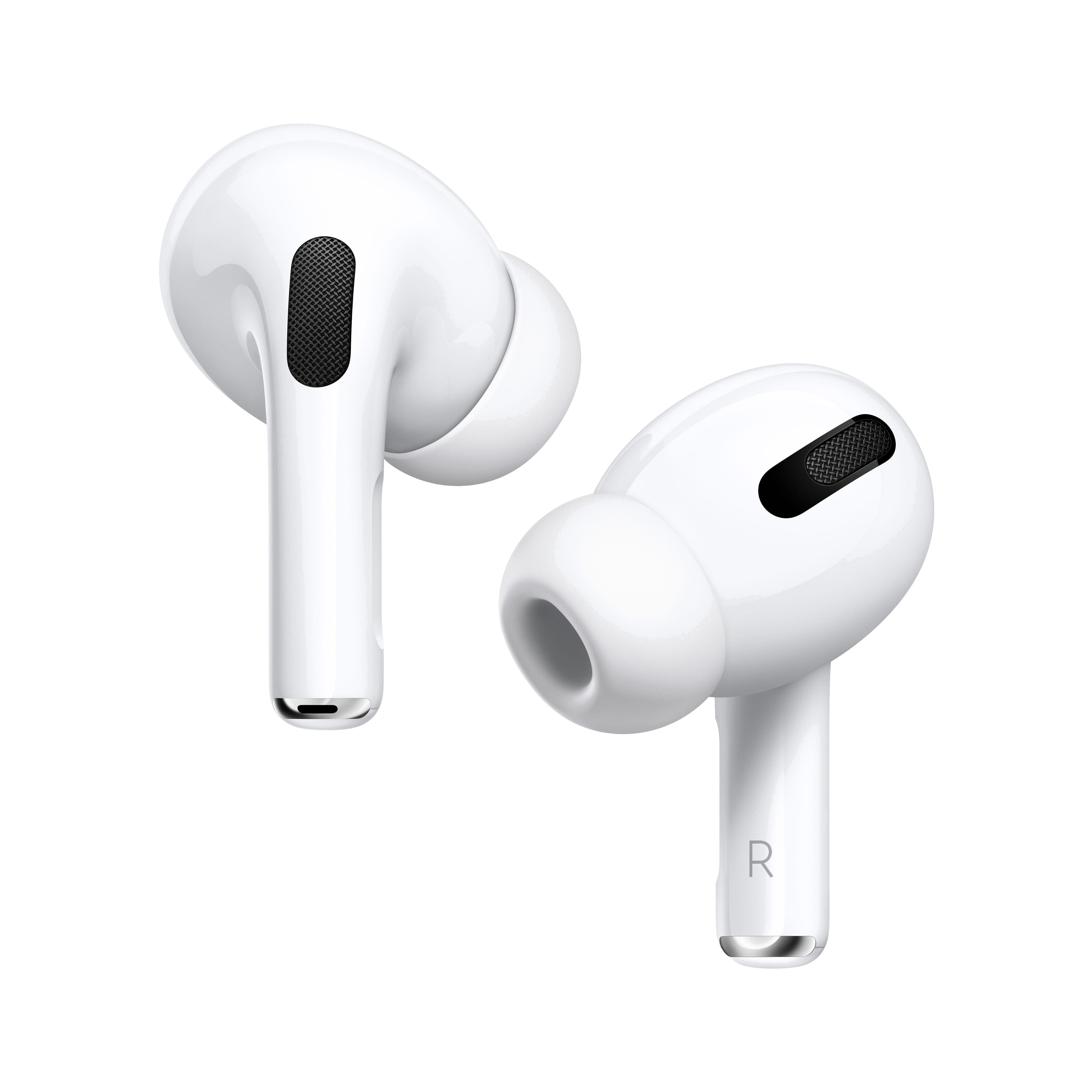Owlet is a popular baby monitoring system that offers parents peace of mind by tracking their baby’s heart rate and oxygen levels while they sleep. One of the most important features of the Owlet system is its battery life, which determines how long the device can be used on a single charge. In this article, we’ll explore how long it takes for the Owlet system to charge and how parents can ensure they get the most out of their devices.
Firstly, it’s important to note that the Owlet system is made up of two main components: the Smart Sock and the Base Station. The Smart Sock is the device that goes on the baby’s foot and tracks their heart rate and oxygen levels, while the Base Station is the device that receives the data from the Smart Sock and alerts parents if there are any concerns.
When it comes to charging the Owlet system, both the Smart Sock and the Base Station need to be charged separately. The Smart Sock has a battery life of approximately 18 hours, meaning it can be used for an entire day and night on a single charge. However, it’s important to note that this can vary depending on how frequently the device is used and how far away it is from the Base Station.
To charge the Smart Sock, simply place it on the charging dock that comes with the device. The charging dock is designed to be easy to use and can be plugged into any standard outlet. It typically takes around 90 minutes for the Smart Sock to fully charge, and the device will indicate when it’s fully charged by showing a green light.
The Base Station, on the other hand, needs to be plugged in at all times in order for it to function. This means that it doesn’t need to be charged in the traditional sense, but rather needs to be connected to a power source at all times. This is important to keep in mind, as the Base Station is the device that alerts parents if there are any concerns with their baby’s heart rate or oxygen levels.
In order to get the most out of the Owlet system, it’s recommended that parents keep both the Smart Sock and the Base Station plugged in whenever they’re not in use. This will ensure that both devices are fully charged and ready to go whenever parents need them. Additionally, it’s important to keep the Smart Sock close to the Base Station in order to ensure a strong Bluetooth connection and prevent the battery from draining too quickly.
The Owlet system is an essential tool for parents who want to monitor their baby’s heart rate and oxygen levels while they sleep. With a battery life of approximately 18 hours and a charging time of around 90 minutes, the Owlet system is easy to use and reliable. By keeping both the Smart Sock and the Base Station plugged in whenever they’re not in use, parents can ensure that they get the most out of their devices and keep their babies safe and healthy.
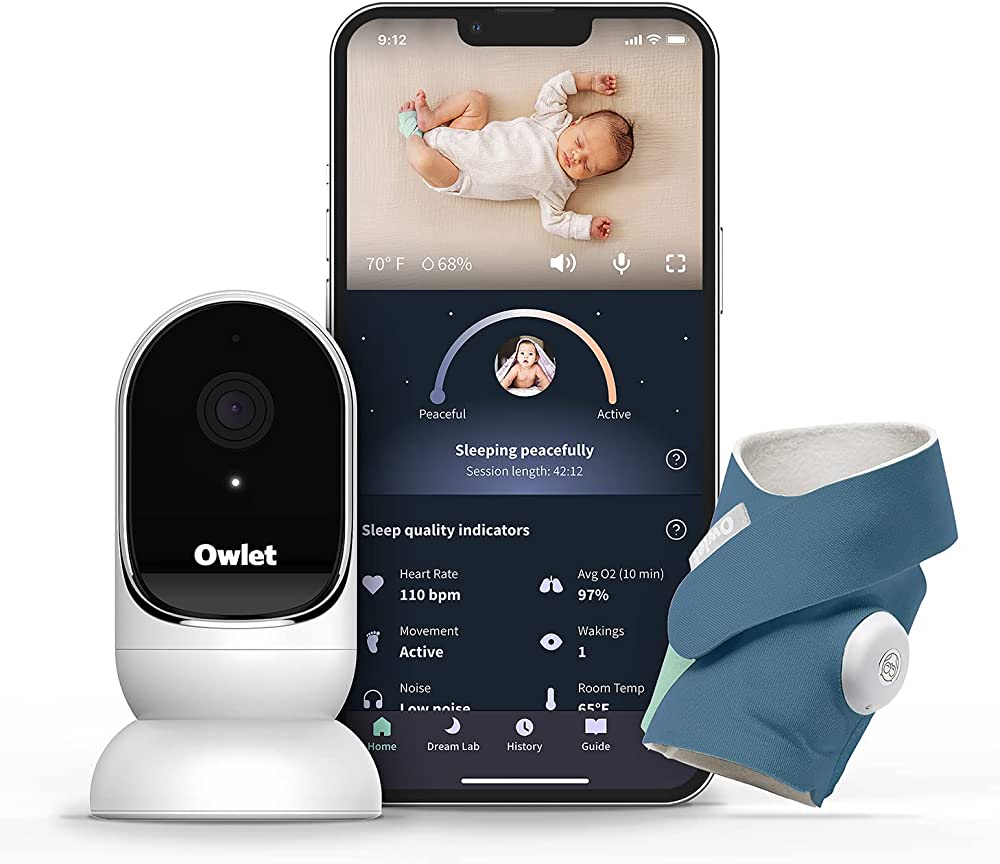
Checking When Owlet Is Fully Charged
To know when your Owlet is fully charged, you can check the battery indicator light on the base station. When the sock is placed on the base station, the battery indicator light will show the charging status. The light will turn green when the sock is fully charged. Additionally, you can also check the battery life in the Owlet app. Simply go to settings and at the bottom-left corner of the page, you will see a percentage charge left in the sock. It is recommended to fully charge the Owlet sock before each use to ensure maximum battery life and accurate readings.
Charging an Owlet Sock: Is It Safe?
It is okay to leave the Owlet sock on the charger. In fact, it is recommended to keep the Base Station plugged in and the Smart Sock plugged into the Base Station when not in use to ensure a complete charge when you’re ready to use it. This also helps troubleshoot any issues that may arise, such as losing WiFi connectivity, before you need to use the device. Additionally, keeping the Owlet sock on the charger does not pose any safety risks.
Shortened Battery Life in Owlet Socks
The reason why your Owlet sock battery is dying so fast could be due to the fact that the Smart Sock is too far away from the Base Station. When the Smart Sock is out of range, the Bluetooth communication between the Smart Sock and the Base Station will continue to search for a connection, causing the battery to drain faster than usual. This is because the Smart Sock is constantly trying to establish a connection with the Base Station, even when it is out of range.
To avoid this issue, it is recommended to keep the Smart Sock within range of the Base Station. If the Smart Sock is too far away from the Base Station, it is best to move it closer to ensure that the Bluetooth communication is stable and the battery life is not shortened. Additionally, it is also recommended to check the battery level of the Smart Sock regularly and charge it when needed to ensure optimal performance.
Conclusion
Owlet Smart Sock is an excellent investment for new parents who want to ensure the safety of their infants. With its accurate monitoring of the baby’s heart rate, oxygen levels, and sleep patterns, parents can have peace of mind knowing their baby is healthy and comfortable. The app allows parents to check on their baby’s vitals from anywhere, and the quick charge feature ensures that the Smart Sock is always ready to use. Although Bluetooth connectivity can be an issue, keeping the Smart Sock close to the Base Station can alleviate this problem. Owlet Smart Sock is a must-have for parents who want to keep a close eye on their baby’s health and well-being.




